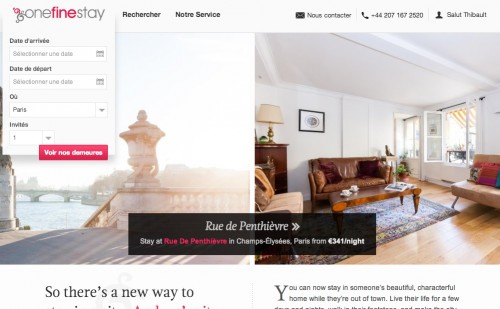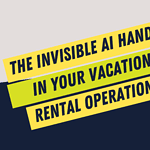A previous article discussed the importance of keeping control of access to your rental. You should control how and when your guests get access to keys for your rental.
But what are the options for getting the keys? There are 7 different ways listed below.
There are two broad situations. The easy one is when your guest has direct access to the front door from the street. The second situation is where the guest has to pass through some common area like a building lobby.
Another test is whether the guest identification is verified before entry.
Let’s take the 7 options separately, and look at the pros and cons of each.
Entry to door direct from the street
1 Lockbox
The simplest way to get the keys is via a lock box near the front door. Probably the most popular method. You set a combination, the guest gets the combination direct from you some time before arrival, usually by email. The guest keys in the code and gets the keys. In low risk locations (like when you live nearby), the code may stay the same. In higher risk locations, the cleaner sets a unique code each time. A handy way to set the code is to the last 4 digits of the guest’s mobile number, easy for the guest to remember. I used this method effectively for may years in my Richmond city rental and my cleaner loved setting the code!
Pros – Inexpensive to install. Simple. Easy for the guest. Host can arrange different codes.
Cons – As the guest meets no one, there is no verification that the guest is who they claim to be or the number of people entering. In most locations, this is rarely a problem.
The cleaner has to be organised to change the code and the host organised to convey the code to the cleaner. Also the same keys are used all the time, which in theory could be copied.
If the guest takes the keys home by mistake, they need to be returned quickly.
2 Electronic lock
The door is fitted with an electronic lock and the host provides the guest with a unique code. The code can be changed by electronic message and software, or the host can choose from many preset codes, controlled by software. The host sends the code to the guest.
Pros – Easy to set a new code. No keys. The code expires after the guest leaves, low security risk.
Cons – As for 1 above there is no guest identity verification.
Can be expensive to purchase and install.
Relies on the technology working smoothly.
More software for the host to learn.
Where entry is via some common area
This situation is more common in urban areas, apartment buildings, and condominiums. There is usually no way to get access through the common area without a key, and there is usually no public space available to place a keylock. A number of creative solutions are emerging.
3 Pick up keys from the office
The guest has to visit an office to get the keys, suited to large rental managers where it is low overhead to have someone at the office. This is a bit old fashioned and a hassle for guests. It can also apply where entry is direct via the street, such as meeting the owner who lives on site.
Pros – The host /manager has control and can check the guest’s identity before handing over the keys. This can be essential where the rental is expensive and high risk if damaged by bogus guests.
Cons – It is inconvenient for the guest to visit a second location, for restricted hours. It can be costly to have staff available for the task.
Problems if the guest’s arrival is delayed.
4 Meet a ‘greeter’ at the entrance to the building
A mutually agreeable time is made and the guest meets the host or a greeting service outside the building. The greeter verifies the guest’s identity and hands over the keys, and sometimes gives a brief introduction to the area or apartment or both.
In an interesting variation to this method, some new companies controlling large numbers of apartments use a fleet of greeters on motorbikes to buzz around the city to meet the guest after they arrive in town, check identity and hand over the keys.
Pros – The guest can be met personally and their identity can be verified.
Cons – There may be limits on the hours that the greeters are available.
Cost of greeter.
Things can get complicated when the guest’s arrival is delayed, such as a very late flight.
5 Left luggage
The host leaves a key in an envelope at the left luggage section of a large railway station and gets a code, which they supply to the guest. The guest supplies the code to left luggage staff and picks up the envelope. I used this as a guest in Stockholm, and it worked surprisingly well.
I expect a variation on this may evolve where the key is a ‘parcel’ delivered to a 24 hour post office collection centre, with a code for pickup.
Pros – The left luggage section is often available 24 hours, the guest can come any time.
Cons – Not all cities have a left luggage service open convenient hours.
Requires an extra trip for the host to deposit the key.
No identity verification.
6 An informal arrangement with a late night shop
The host leave the keys with the staff at a late night shop near the apartment. I used this method as a guest in Copenhagen, but the shop staff had no idea what had been arranged so the host had to make a trip as a fill in greeter to hand over another set of keys!
Pros – Flexible timing.
Cons – Can go wrong when staff are not trained.
7 Other ad hoc methods
Some hosts put keylocks on chains in a public place like a post outside the building.
As a guest I was surprised when the host just left the key in their unlocked mail slot outside the building.
Pros – Easy guest access. Flexible for low risk rentals where the apartment is low cost.
Cons – High risk of losing the keys. Unprofessional.
No identity verification.
Tell me if you have any other methods, or use the comments here.







